85% of men and 60% of women from all across the world suffer in some way from hair loss that may lead to balding. While some hair loss that can be caused by illness, poor nutrition, or surgical procedures can resolve on its own, the main cause of hair loss (medically known as androgenic alopecia, or most commonly known as male pattern/female pattern balding) will result in a permanent loss of hair on the top of the head.
FUE hair transplants are a surgical process that we use at the Toronto Hair Transplant Clinic to restore hair to areas that have been affected by balding. New hair growth will start at 3 months after the hair transplant, and it will take roughly one year before the hairs fully grow in. Properly caring for your hair post-FUE hair transplant will help improve your success rate. It will also help ensure a great result!
The very first thing to start with is to make sure that you are gentle around your transplant area after your procedure. DO NOT RUB OR SCRATCH the transplanted areas. Apply any medications that have been provided to the areas as prescribed, using minimal pressure to avoid disturbing the sections of transplanted hair. Wait at least 48 hours before you start to shampoo your hair, following the post-op procedure instructions that have been provided. After 7 to 10 days, you may start to use a gentle shampoo to carefully cleanse the area around the hair follicles. Carefully, with a light touch, apply the shampoo and avoid any rubbing motions. Rinse carefully by using a cup or bowl of water, avoiding strong, direct water pressure. You can wash off all of the scabs after 10 days and return to your regular hair-washing routine after 10 to 14 days. Pat the transplant area dry using a soft towel for the first 2 weeks.
Sometimes after a hair transplant, a patient will also have some minor folliculitis. Folliculitis is common and expected, so it is important to pay attention to any signs of ingrown hairs, pimples, or redness and to make sure to keep the area clean. If you do notice any ingrown hairs, it is important to squeeze out any “gunk” that may be in the pimple and to apply the Loprox lotion that will be prescribed. The Loprox will work to take the itching, redness, and irritation away within the first few days after using it.
It is recommended that you limit your activities for the first few days immediately after your transplant. All strenuous physical activities such as jogging, exercising, and sports should be avoided for at least the first 7 to 10 days. Sweating is also to be avoided. It is important to do your best to take it easy for the first week following an FUE hair transplant. Exercise and sweating may dislodge the transplanted grafts and can also lead to other complications.
Try and eat a balanced diet that contains a variety of healthy foods. Good nutrition can improve your hair growth as well as keep you in overall good health. Your diet should include antioxidant foods such as blueberries, peppers, cherries, and tomatoes. It is also recommended that you drink at least 6 to 8 glasses of water each day.
Nutrients / Food for Hair
Nutrient-dense whole foods and supplements provide your body with the raw materials needed to feed the cells that build healthy hair. The nutrients below assist in metabolic reactions that may help rebalance harmful levels of DHT and stress hormones, reduce follicular damage, support hair follicle restoration, reduce micro-inflammation, and reinforce the hair’s natural growth cycle.
Best treatments in addition to an FUE Hair Transplant
Minoxidil
The hairs that have been transplanted are permanent. However, the hairs that were already there are destined to fall out. Using certain daily treatments such as minoxidil/Rogaine can help your hair last longer. This is offered in many forms such as a shampoo or spray. However, do not use minoxidil/Rogaine for the first month after a hair transplant, as it will dry out the area of the transplanted hairs and may affect the results.
Finasteride
Finasteride, better known by the brand name Propecia, is the most proven way to remove the DHT that causes hair loss from your system and therefore slow down future hair loss. This prescription medication is taken on a daily basis and is very effective for most patients. Some side effects are possible; however, they are very rare (3% to 5% of men will suffer erectile disfunction or loss of sexual libido). Most men will suffer no side effects and will have a very easy solution to future hair loss.
PRP and LLLT for Hair Restoration
A great combination of treatments for hair loss is the combination of PRP (platelet-rich plasma therapy) treatments and LLLT (low-level laser therapy) from devices like Theradome’s LH80 PRO laser helmet.
PRP is harvested from the patient’s blood stream. A simple process is used to extract that platelet-enhanced plasma from a patient’s blood. Then that PRP is used to help with the healing of injured cells in the body. Because of these restorative traits of platelet-rich plasma as well as the fact that PRP contains stem cells, which are proven to be very helpful in repairing and reversing inflammatory diseases, it is quickly becoming a very popular treatment for naturally promoting quick healing.
One of the most exciting discoveries for the use of PRP is in treating hair loss. By injecting platelet-rich plasma directly into the balding and thinning areas of the scalp, the process has been shown to improve follicular function as well as promote the growth of new hairs. A fairly significant reduction of hair loss followed by an increase in hair density has also been shown to occur.
Treating androgenic alopecia with PRP is a fast, effective, simple, and natural therapeutic treatment in the fight against hair loss without any concern about adverse side effects in both men and women.
Many studies are also showing some very positive results when PRP treatments are combined with a regular treatment of LLLT, or low-level laser therapy. Clinical studies have shown a positive result in the hair restoration of patients when both LLLT and PRP are used. Many hair restoration specialists like the Toronto Hair Transplant Clinic that treat hair restoration with PRP injections are also offering them in conjunction with LLLT to be sure that optimal hair restoration treatment is being given.
The Toronto Hair Transplant Clinic offers our patients the most effective form of LLLT/LPT (laser photo therapy) as well as PRP treatments to be sure that all of our patients have access to the most effective hair loss treatments.
Theradome’s LH80 PRO is designed specifically to be used for hair restoration treatments while in the comfort of your own home. This latest technology uses 80 medical-grade laser diodes that promote the photo-biostimulation of hair follicles.
PRP treatments combined with LLLT/LPT are a clinically effective and powerful tool for hair restoration. They both have been proven to increase hair density and slow down shedding while promoting new hair growth in a way that is a natural medical alternative that poses no harm or side effects. By combining these two treatments, a patient can be well on their way to having a very powerful and effective treatment for fighting hair loss.
Contact our clinic for a no-obligation consultation to find out more about getting the best FUE hair transplant results.





